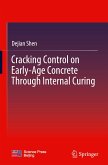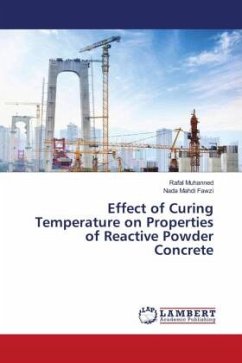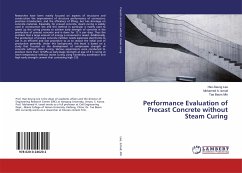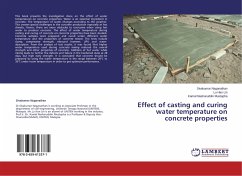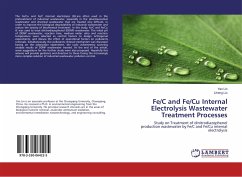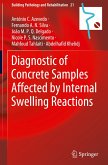Internal curing was used already in the Roman times, for example the famous Pantheon building is done partly with internally cured concrete. The external curing of concrete such as fogging the surface only achieves the surface of the concrete, with internal curing the whole 3-dimensional microstructure of the concrete could be cured. The objective of this thesis was to study the impact of internal curing on compressive strength, tensile/flexural strength and drying shrinkage. The goal was also to determine which grain sizes lightweight aggregates will be the best in internal curing use. In this thesis the internal curing is done with lightweight aggregates. The obtained tests results showed that the best grain size of lightweight aggregates for internal curing are 0-2 mm and 2-4 mm. The usage of these sizes enabled to produce concrete having similar mechanical properties to normal concretes but significantly reduced drying shrinkage.


